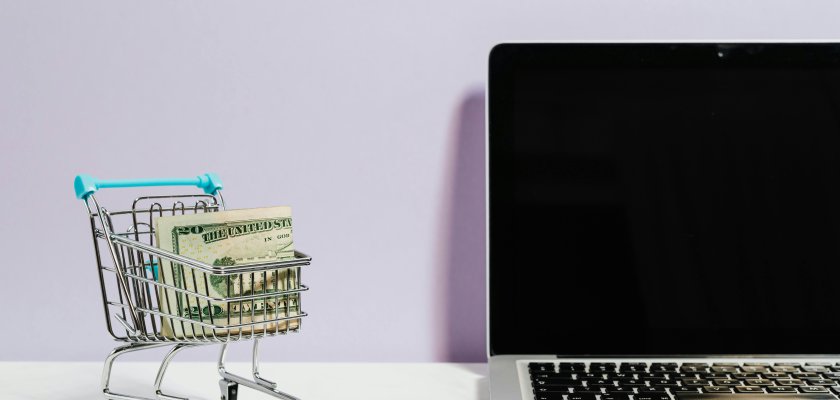
Launching a store theme is nice; a store that ships on time is better. Map the first 90 days, then build on what works as orders rise. The seven steps below zero in on U.S. realities, from New York to Nevada.
1. Define your model, products, and how orders get to customers
Start with a clear offer, a sourcing plan, and a shipping play. Many teams box in-house at first, then move to eCommerce fulfillment services once they’re steadily past 50 orders a day. A Denver apparel startup began with 12 SKUs and USPS Priority Mail, then shifted to a 3PL using UPS 2-day coverage when Mountain West demand jumped.
2. Validate demand and price early
Prove people want the product at your target price before you tie up cash. A quick test: send $200 of Meta Ads to a Shopify preorder page to capture intent and emails. An Austin coffee roaster confirmed a $24 single-origin run by pre-selling 120 bags in 48 hours, then used deposits to fund the first roast.
3. Pick a platform and payments that convert
Use software shoppers trust and pages that load fast. Shopify paired with Stripe, PayPal, and Shop Pay covers most U.S. wallets, while WooCommerce fits WordPress teams. A Brooklyn skincare shop lifted conversion from 2.1% to 3.3% after scrapping unused apps, shrinking images below 200 KB, and turning on Apple Pay for mobile. No checkout should read like a tax form.
4. Build reliable operations and shipping
Set inventory rules, service levels, and responsive support. An Ohio electronics shop created reorder points of 30 units per SKU, used ShipStation to compare UPS Ground with USPS Priority, and hit a 2-day ship promise on 96% of orders. Stay within the FTC Mail Order Rule by notifying customers of delays and manage sales tax with a tool like TaxJar as economic nexus kicks in state by state.
5. Drive qualified traffic across channels
Blend search intent, discovery, and social proof. Pair SEO with Google Shopping and a marketplace listing to meet shoppers where they already look. A Utah outdoor brand published a “best hiking socks for Zion” guide that fed organic visits, then ran Performance Max at a target ROAS of 3.0 and mirrored the catalog on Amazon FBM to catch branded searches. TikTok Spark Ads doubled as a low-cost creative lab.
6. Retain customers with lifecycle programs
Email, SMS, and loyalty keep the cash register from going quiet between launches. A Seattle pet supply shop set Klaviyo flows for welcome, browse abandon, cart abandon, and post-purchase care tips. Opens hovered near 30% and clicks around 5%, pushing repeat purchase rate to 38%. A points program via Smile.io and a subscription app like Recharge created steady monthly revenue.
7. Measure unit economics and scale deliberately
Know the numbers before adding channels or SKUs. Track CAC, LTV, average order value, contribution margin, and returns every week. A Phoenix home goods brand nudged AOV from $48 to $62 with bundles, which covered 2-day shipping without crushing margin. With a CAC to LTV ratio near 1:3 and returns under 5%, the team added a New Jersey 3PL for faster East Coast delivery and cut transit times by a day.
An online store that lasts comes from repeatable steps, reviewed weekly, then tuned a notch at a time. The teams ready for Black Friday tested offers in July, fixed slow pages in August, and locked shipping in September. Coffee helps; clean data helps more.

